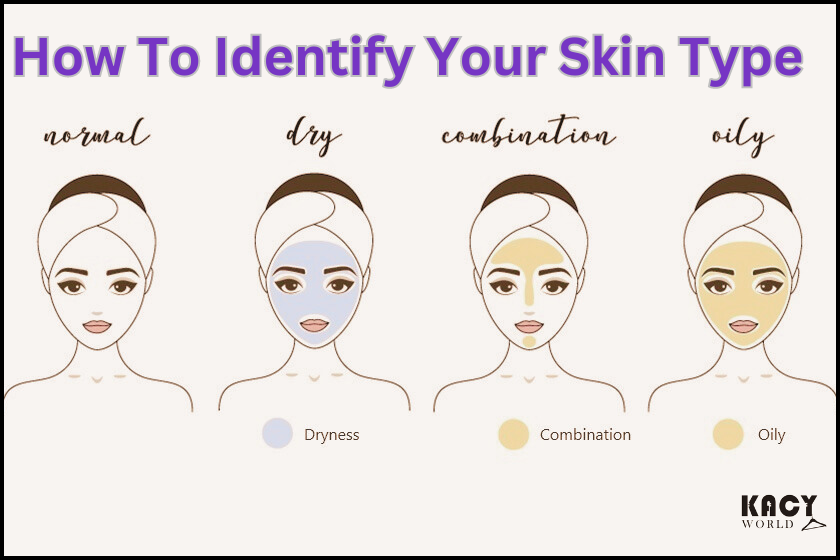HOW TO IDENTIFY YOUR SKIN TYPE
A very common mistake people make is believing in a 'ONE SIZE FITS ALL' approach for their skincare routines. If a particular cream works well for one person, it is not necessarily going to be the best option for another person, even if they belong to the same family.

Skincare is a ridiculously tricky and tough task. While using the right product can keep you looking fresh and youthful for years, one wrong tube can send your face into a complete frenzy. Unfortunately, most people seem to fall prey to creams and lotions with fancy labels that promise dramatic results, buying them without giving a second thought to whether they will suit their skin or not.
A very common mistake people make is believing in a “ONE SIZE FITS ALL” approach for their skincare routines. If a particular cream works well for one person, it is not necessarily going to be the best option for another person, even if they belong to the same family. Each individual has a different skin type with specific requirements based on age, climatic conditions, hormones, and lifestyle.
You can simply know your skin type with these steps:
- Firstly, cleanse your face with a mild cleanser to remove all makeup, dirt, and oil from your skin and reveal your bare, beautiful, and natural face. Rinse it with lukewarm water and pat your face dry.
- Wait for at least an hour to allow your skin to return to its natural state (STRICTLY AVOID ANY MOISTURIZER FOR BEST RESULTS).
- Gently dab with a blotting paper. If you don’t have one, you can separate the layers of tissue until you are left with just one layer. This works pretty much the same.
- Keenly observe the blotting paper:
- If you find very little or no oil on the blotting paper, your skin type is most likely dry. Dry skin feels tight and stretched and is more susceptible to signs of aging and wrinkles.
- If your blotting sheet shines like a disco ball under the light, chances are you have oily skin. Oily skin has a shiny appearance, and you’ll be prone to acne.
- If you find oil on your sheet from your nose, forehead, and chin but very little or none from your cheeks, it’s likely you have combination skin. Combination skin is more common than you realize but is often misdiagnosed.
Just because you have signs of a specific skin type now, it doesn’t mean your skin won’t change over time. There is always a lot to pay attention to when it comes to your skin, and its characteristics can change over time or with the seasons. But if you know your core skin type and its characteristics, you can establish a solid basic skincare regimen.
FREQUENTLY ASKED QUESTIONS
Q1. How often should I cleanse my face?
A1. It's recommended to cleanse your face twice a day—once in the morning and once before bed. This helps remove dirt, oil, and impurities that accumulate throughout the day and night.
Q2. Can I use the same moisturizer all year round?
A2. It's best to adjust your moisturizer according to the season. In the winter, you might need a heavier, more hydrating moisturizer, while in the summer, a lighter, oil-free moisturizer may be more suitable.
Q3. What is the difference between dry skin and dehydrated skin?
A3. Dry skin is a skin type characterized by a lack of oil, leading to a rough, flaky texture. Dehydrated skin, on the other hand, is a condition where the skin lacks water, resulting in dullness and fine lines. Even oily skin can be dehydrated.




